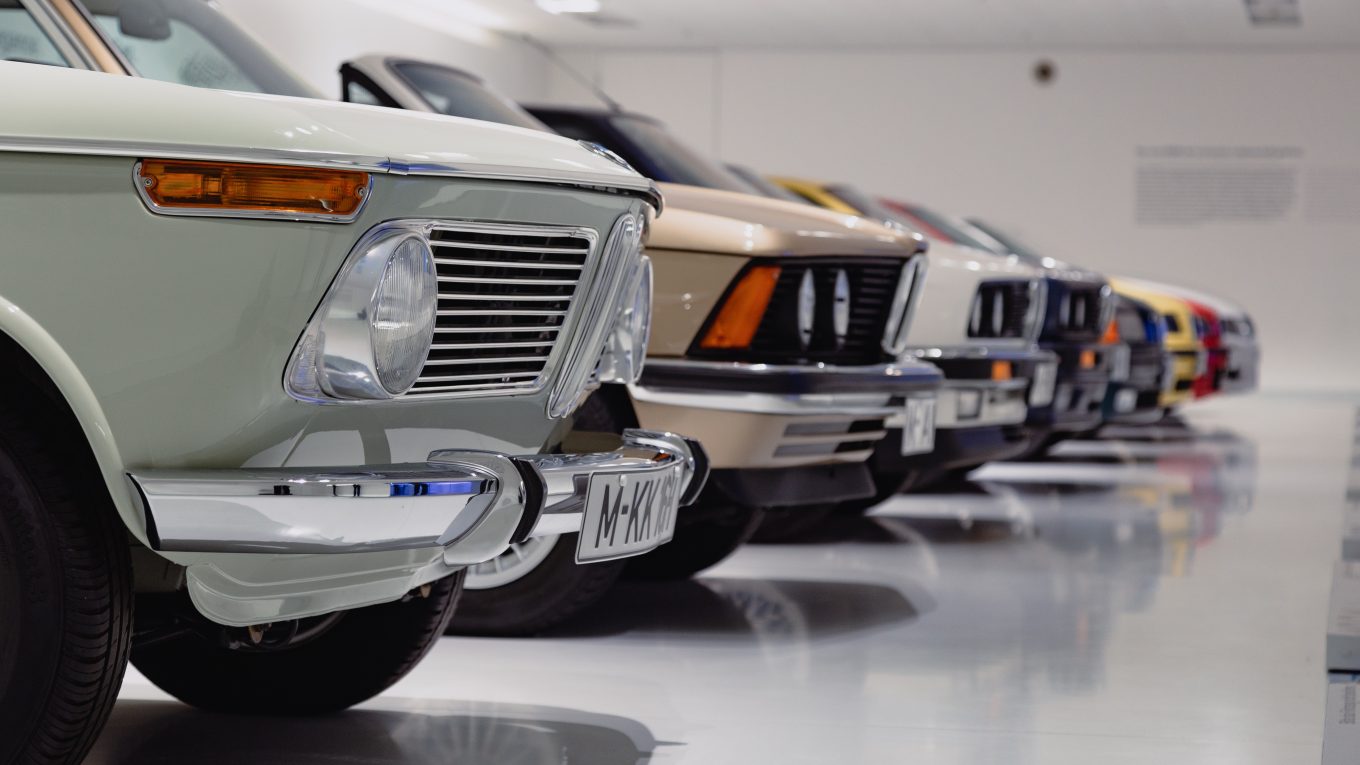What was the Role of Cars in World War? Detailed Explanation!
World War II, a defining moment in history, involved not only heroic soldiers and cunning strategists but also a less celebrated yet indispensable asset – cars. While tanks and planes often steal the limelight, the role of automobiles in this global conflict was crucial. In this article, we’ll delve into the multifaceted role played by cars during World War II, from the battlefield to the home front, exploring how they powered the war machine, transported troops, and supported the war effort in numerous ways.
Mobilizing the Troops
The Jeep
The Willys MB, popularly known as the Jeep, emerged as the symbol of military mobility. Designed for reconnaissance, the Jeep could traverse rugged terrain, serving as a lifeline for troops in difficult landscapes. Its adaptability made it an indispensable asset, from carrying soldiers and supplies to acting as an ambulance or even a mobile machine gun platform.
Transportation of Troops and Supplies
Beyond the Jeep, countless other vehicles played vital roles in transporting troops and supplies. Trucks, ranging from the sturdy GMC CCKW to the agile Dodge WC series, enabled the movement of personnel, ammunition, and equipment to the front lines.
The War on Wheels
Armored Cars: The First Responders
Armored cars, like the M8 Greyhound, were designed to provide reconnaissance and escort for convoys. These agile vehicles, fitted with armored plating and mounted weapons, played a crucial role in identifying enemy movements and protecting supply lines.
The Blitzkrieg and the Role of Fast Tanks
During the early years of the war, German forces used Blitzkrieg tactics that relied heavily on fast-moving tanks. Cars, like the Sd.Kfz. 251 half-track, transported infantry alongside tanks, creating a formidable force capable of rapid advances.
Keeping the Home Front Running
War Production: Factories on Wheels
The war effort demanded an unprecedented level of industrial production. Cars, often repurposed from civilian use, became mobile factories. They housed essential equipment and served as on-the-go repair stations, ensuring a constant supply of weapons and equipment.
Emergency Services and Civil Defense
Beyond the battlefield, cars played a critical role in civil defense and emergency services. Ambulances, fire trucks, and police cars became vital in maintaining order and providing care on the home front.
Intelligence and Espionage
Spies and Covert Operations
Cars were indispensable tools in espionage and covert operations. Agents used cars for undercover missions, smuggling documents, and making quick getaways. Notable examples include the famous Aston Martin DB5 used by James Bond.
Codebreaking and Communication
Cars equipped with advanced communication systems played a pivotal role in intelligence gathering and codebreaking. They facilitated secure communication between commanders and intelligence agencies, contributing to Allied victories.
The Legacy of World War II Cars
The Post-War Auto Industry Boom
The innovations spurred by World War II profoundly influenced the post-war auto industry. Technologies developed for military vehicles found their way into civilian cars, leading to advancements in safety, performance, and comfort.
Collectible Classics: The War-Era Cars That Endure
Some of the cars used during World War II have become iconic classics. Models like the Willys Jeep, Volkswagen Beetle, and the Ford GPW are celebrated today not only for their wartime contributions but also for their enduring appeal among collectors.
World War II was a time of immense upheaval, where every resource was stretched to its limits. Amidst the chaos and destruction, cars emerged as unsung heroes, facilitating the movement of troops, the production of war materials, and even intelligence gathering. Their legacy, both in terms of technological advancements and iconic models, endures today. Recognizing the crucial role played by cars in World War II helps us appreciate their significance in shaping history beyond the realm of transportation.
